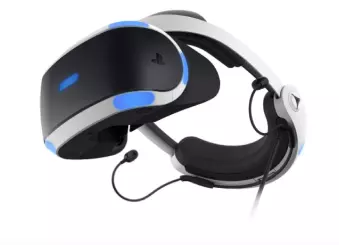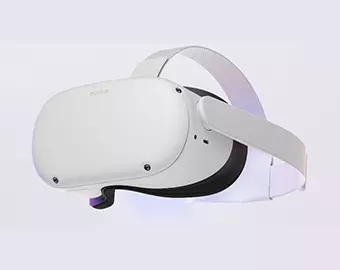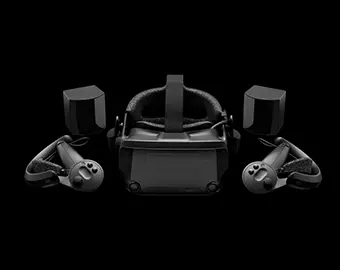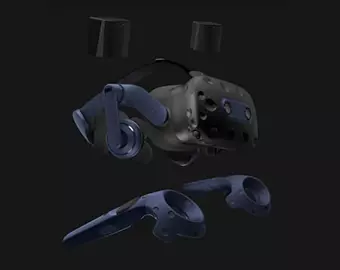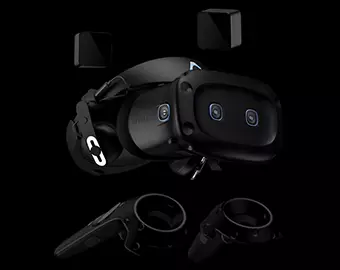As previously explained, a metaverse is a completely open world where users have control over what is built and what kinds of activities are possible in the digital world. But in order for us to reach the most decentralized version of the Metaverse, NFTs and DeFi must be correctly integrated to become part of the ecosystem.
NFTs, fit perfectly into the metaverse. People can mint different digital of assets as NFTs such as land, clothing for their avatars, pets, buildings, etc.
Like most open-world metaverse games, a large component of the appeal is people customizing their image and getting their hands on new assets, and the NFT token makes it easy for people to trade with each other.
DeFi also has a place in the gaming metaverse for trading and generating new assets. Most popular gaming titles have in-game economies, so it makes sense for the future metaverses to also include their own.
DeFi in the Metaverse can give users the opportunity to generate forms of income through NFTs based on how the metaverse is set up.
We cannot give a specific example yet since the concept of DeFi into the Metaverse has yet, but rest assured it does have its own spot in the whole scheme of things.
